The current fate of older homes is typically one of demolition, sadly, rather than deconstruction. The relatively low-cost of the industrial waste stream has made it cheaper and more profitable to indiscriminately tear down a home and load it into dumpsters for removal.
This approach results in rapidly filling landfills and needlessly increasing the need for raw material extraction and deforestation.
In contrast, decommissioning and deconstructing homes offers a more sustainable alternative, where those materials are either reused or recycled. As expensive as we find building materials to be, the sad truth is that in the assembly-line style of tract home building very little thought is given to material re-use, and its easier to throw out a 2x4 with nails in it and use a new one rather than pull out nails.
How is home deconstruction different from demolition?
Deconstructing a home involves carefully dismantling it in a way that maximizes the recovery of reusable and recyclable materials. Unlike demolition which usually involves the use of heavy machinery to crush the structure into debris, deconstruction is more time consuming and costly as it requires manual labor.
According to the Environmental Protection Agency (EPA), approximately 90% of demolition debris ends up in a landfill. This waste typically includes materials such as drywall, insulation, concrete and wood, much of which could and can be reused.
Among the environmental impacts of this practice, which includes burdening landfills and unnecessary raw material harvesting, is the emissions from extensive use of heavy machinery instead of hands.
Remember that homes contain many materials that can be hazardous when disposed of improperly, such as lead-based paint on finished surfaces, and asbestos hidden in homes, and other toxic substances. The disposal of these materials requires special handling and can create serious health and environmental risks.

Benefits of deconstruction and material reuse
Deconstruction offers a more sustainable solution by allowing homeowners, contractors, and builders to salvage valuable materials that would otherwise end up in landfills. The primary benefits of deconstructing a home include:
1. Waste reduction
By deconstructing a building, materials such as bricks, steel, lumber, and even windows can be reused in new construction or repurposed for other uses. According to the National Association of Home Builders, as much as 80% of the content of a home could be salvaged and reused with proper deconstruction practices.
2. Resource conservation
Reusing building materials helps conserve the raw resources needed to create new products. For example, salvaged flooring that is carefully removed can be used again as flooring - albeit with a little bit of patina perhaps – or it could be used functionally as strapping or furring strips. There are seemingly endless uses if you are geared to think of reusing materials.
Items that are not easily re-used or repurposed such as steel and copper, can be sent to recycling centers where they are melted down and manufactured into other products.
3. Lower carbon footprint
Compared to demolition, deconstruction has a lower carbon footprint. By reusing materials, fewer resources need to be extracted, processed, manufactured and transported, so there are less carbon emissions due to your building project.
4. Economic savings
While deconstruction can be more labor-intensive than demolition, on smaller scale builds it can also be more cost-effective. Materials that are not needed or wanted on a project can be sold, or at worst donated. You can buy and sell new and used building materials online in most regions, so either you may earn a few bucks, or at worst save the tipping fee at the landfill if someone takes your stuff away.
There is a market for used building materials due to design trends, and often stressed wood is used as flooring or interior finishing such as window and door trims. Old barn boards full of holes will sell for as much or more than brand new pine boards.
5. Preserving historic materials
Deconstruction can also be a way to preserve architectural heritage. Historic homes often feature rare or distinctive materials, such as vintage bricks, decorative metal elements, or handcrafted woodwork. When disassembled with care these materials can be sold to other homeowners who want to incorporate vintage materials into their designs.

How to deconstruct a home safely
Homes, and particularly older homes, can be full of toxic materials. In order to dissassemble a home safely it is important to take precautions for your health and the environment. Always wear the appropriate PPE and be sure toxic materials are disposed of safely.
Beyond the standard respiratory risks of inhaling even benign dust, airborne particulate can contain toxins. Newer homes will have composite materials full of plastics and adhesives, older homes may have lead based paints and asbestos to name a few risks, so this is why you need to take precautions when renovating or deconstructing a home to keep the air clean.
Materials can be sent to recycling centers where they are sorted, and it is important that they are not contaminated with toxic materials such as old paint cans.
Asbestos is highly carcenagenic and was used in drywall, drywall mud, insulation like vermiculite and ceiling, wall and floor coverings - not to mention anything linked to heat like furnaces and fireplaces as late as 1980, and up to 1990 in some other materials. Read here about what building products have asbestos and when they were phased out.
How to get started with decommissioning and deconstruction a home
Homeowners interested in decommissioning and deconstructing their homes should begin by finding local deconstruction services in the Ecohome building directory. Many companies specialize in carefully dismantling buildings specifically for building material recovery and resale.
It's also worth checking local building codes and regulations, as some municipalities may offer incentives for deconstruction over demolition.
Conclusion: Deconstruction of older homes is a good idea where possible
Deconstructing homes instead of demolition will save materials and offers a more sustainable, eco-friendly approach to home renovation and demolition. By prioritizing the reuse and recycling of materials, homeowners will reduce waste, conserve natural resources and lower their carbon footprint- not to mention save money. As the building industry continues to evolve, deconstruction will hopefully take hold as the norm, contributing to a more sustainable future for the home building industry. Many sustainable and green prefab- home manufacturers are already designing homes with their future disassembly in mind to make that inevitable future process even easier.
Now you know more about deconstructing homes to recyle and reuse building materials rather than demolish them and send the waste to a landfill. Find more pages about sustainable construction below and in the Ecohome Green Building Guide pages.
Find more about green home construction and discover the benefits of a free Ecohome Network Membership here. |
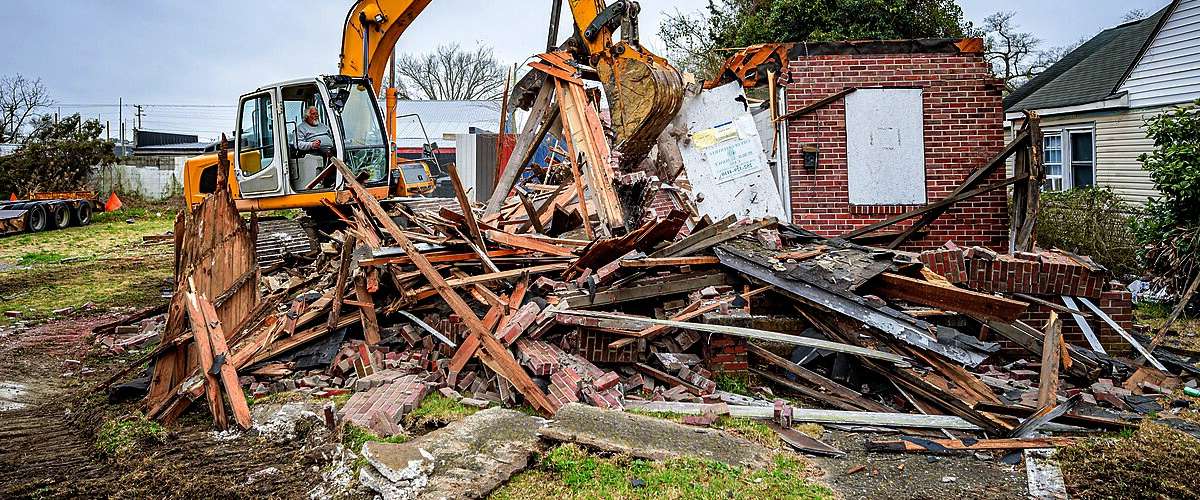


















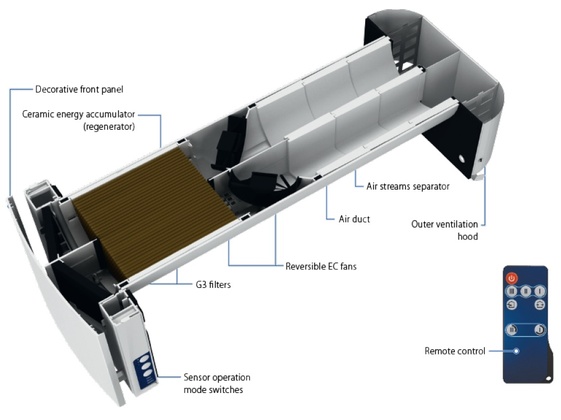

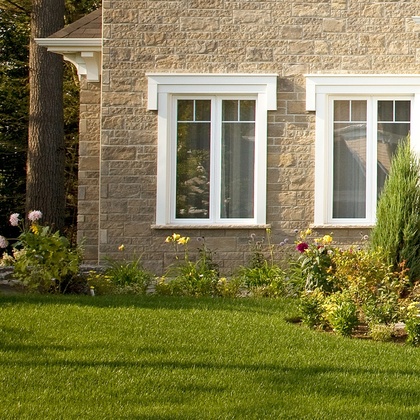








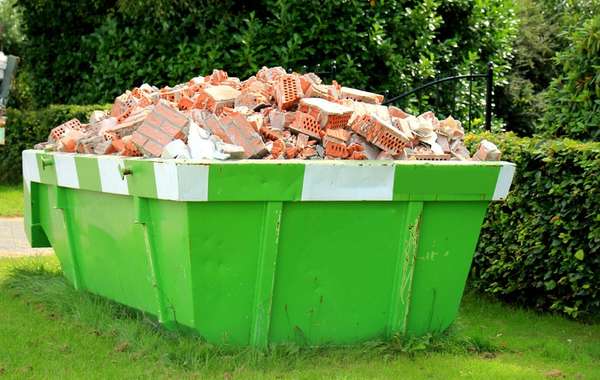




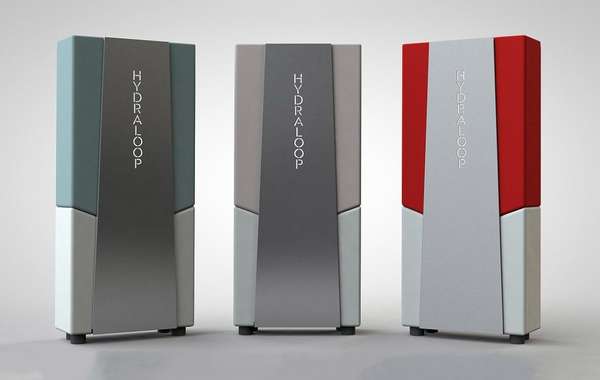
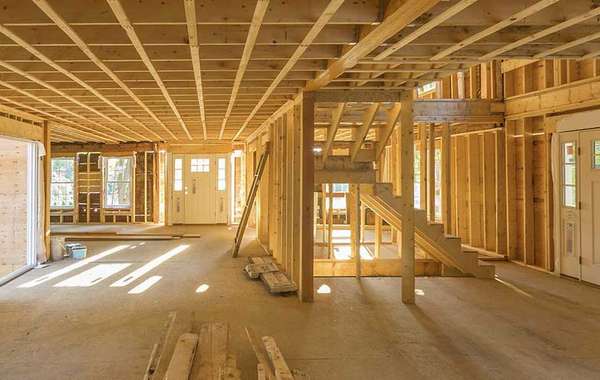
Comments (0)
Sign Up to Comment